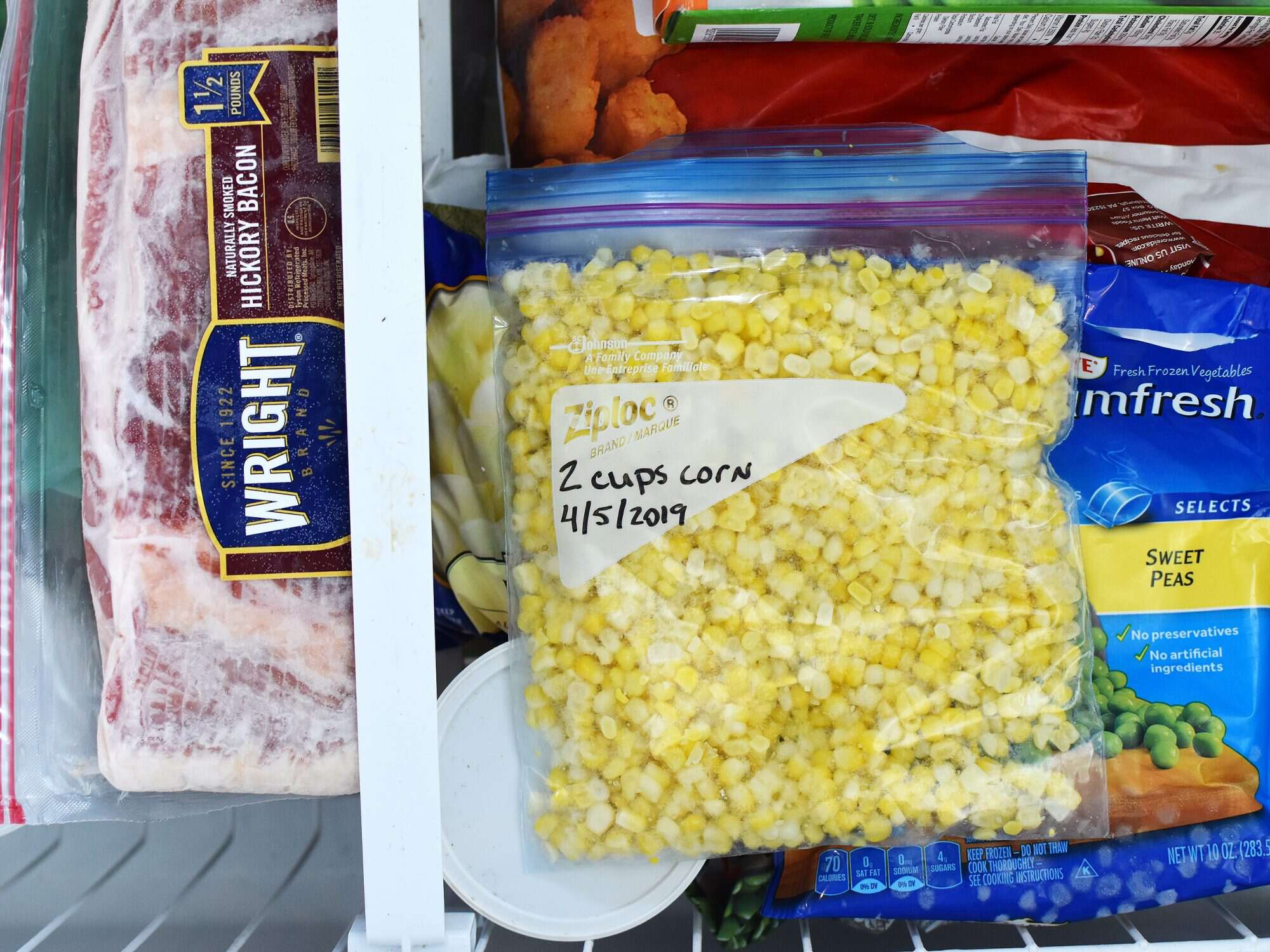

Articles
How To Store Corn
Modified: February 23, 2024
Learn the best methods to store corn and keep it fresh with our informative articles. Find tips on freezing, canning, and storing corn for long-term use.
(Many of the links in this article redirect to a specific reviewed product. Your purchase of these products through affiliate links helps to generate commission for Storables.com, at no extra cost. Learn more)
Introduction
Corn is a versatile and delicious vegetable that is enjoyed by many people around the world. Whether it’s fresh off the cob, cooked, or used as an ingredient in a variety of dishes, corn adds a sweet and vibrant flavor to meals. However, to fully enjoy the taste and nutritional benefits of corn, it is important to store it properly. Storing corn correctly helps to maintain its freshness, flavor, and texture for a longer period of time.
In this article, we will explore the various methods and techniques for storing corn. From understanding the proper storage conditions to cleaning and preparing corn for storage, we will provide you with valuable tips to ensure that your corn stays fresh and tasty.
So, whether you have harvested corn from your garden or purchased it from the market, read on to discover the best ways to store this beloved vegetable.
Key Takeaways:
- Proper storage conditions, such as temperature, humidity, and air circulation, are crucial for maintaining the freshness and flavor of corn. Cleaning, choosing the right containers, and handling with care are essential for preserving corn quality.
- Refrigeration, freezing, canning, and proper handling practices are key methods for storing corn to ensure its longevity and delicious taste. By following these techniques, you can enjoy the flavors of fresh corn throughout the year.
Read more: How To Store Corn Bread
Understanding the Proper Storage Conditions
Proper storage conditions play a crucial role in maintaining the quality and freshness of corn. Corn is a perishable vegetable, and exposure to unfavorable conditions can cause it to spoil quickly. To ensure that your corn stays fresh for as long as possible, it’s essential to understand the ideal storage conditions:
- Temperature: Corn should be stored at a temperature range of 32°F to 40°F (0°C to 4°C). This temperature range helps to slow down the natural process of ripening, preserving the flavor and texture of the corn. Avoid storing corn at room temperature, as it can cause the corn to become starchy and lose its natural sweetness.
- Humidity: Corn prefers a moderately humid environment. Aim for a humidity level of around 70%-80%. Excessive humidity can encourage the growth of mold and mildew, while low humidity can dry out the corn, leading to quality deterioration.
- Air Circulation: Good air circulation is vital for storing corn. Make sure to store corn in a well-ventilated area, as it helps to prevent the accumulation of moisture, which can lead to rotting.
It’s important to note that these conditions are ideal for fresh corn. If you are storing cooked or processed corn, different storage conditions may apply, which we will discuss further in this article.
By providing the proper storage conditions for your corn, you can extend its shelf life and maintain its quality for a longer period of time.
Cleaning and Preparing Corn for Storage
Before storing corn, it is essential to properly clean and prepare it. This helps to remove any dirt, debris, or pesticide residue, ensuring that your corn is fresh and safe to consume. Here are some steps to follow for cleaning and preparing corn for storage:
- Remove the husks: Start by removing the outer husks of the corn. This can be done by peeling back the husks one by one until they are completely removed. Discard the husks in a compost bin or dispose of them properly.
- Remove the silk: After removing the husks, gently remove the silk, which is the fine thread-like strands that are attached to the corn kernels. You can do this by rubbing the corn with your hands or using a soft-bristled brush.
- Rinse with water: Rinse the corn thoroughly with water to remove any remaining dirt or debris. Make sure to rinse each ear of corn individually, ensuring that all surfaces are clean.
- Inspect for blemishes: Examine each ear of corn for any signs of damage, such as bruising or mold. Discard any corn that appears to be spoiled, as it can affect the quality of the other corn during storage.
- Dry the corn: After cleaning, allow the corn to air dry or pat it dry with a clean towel. Ensure that the corn is completely dry before storing it, as moisture can promote spoilage.
Once you have cleaned and prepared the corn, it is ready for storage. Remember to handle the corn with care to avoid causing any damage or bruising.
Now that we have covered the cleaning and preparation process, let’s move on to discussing the appropriate containers for storing corn.
Choosing the Right Containers for Storing Corn
Selecting the right containers for storing corn is crucial to ensure its freshness and longevity. The ideal containers should provide protection from air, moisture, and light, which can accelerate spoilage. Here are some options for storing corn:
- Plastic bags: Plastic bags are a convenient and affordable option for storing fresh corn. Use resealable plastic bags to store individual ears of corn, and make sure to remove as much air as possible before sealing. This helps to maintain the corn’s freshness and prevent it from drying out.
- Plastic containers: Sturdy plastic containers with airtight lids are another excellent choice for storing corn. Make sure the containers are clean and dry before adding the corn. Arrange the corn in a single layer to prevent crushing, and seal the containers tightly to keep out air and moisture.
- Freezer bags or containers: If you plan to freeze the corn for long-term storage, opt for freezer bags or containers specifically designed for freezing. These containers are made from thick and durable materials that can withstand freezing temperatures without compromising the corn’s quality.
- Glass jars: Glass jars with airtight lids can also be used for storing corn. They are an eco-friendly option and allow for easy visibility of the contents. However, keep in mind that glass containers are more fragile and may not be suitable for long-term storage or freezing.
Regardless of the container you choose, label it with the storage date to keep track of the corn’s freshness. Store the containers in a cool and dark place, away from direct sunlight and heat sources. This will help maintain the ideal storage conditions and prolong the shelf life of the corn.
Now that we have discussed the containers, let’s explore the different methods for storing fresh and cooked corn.
Storing Fresh Corn
When it comes to storing fresh corn, it’s essential to maintain its freshness and flavor for as long as possible. Here are a few methods to help you store fresh corn:
- Refrigeration: Fresh corn can be stored in the refrigerator to prolong its freshness. Wrap each ear of corn individually in plastic wrap or place them in a resealable plastic bag. Make sure to remove as much air as possible to prevent drying out. Store the wrapped corn in the vegetable crisper drawer of your refrigerator. Fresh corn stored this way can last for up to one week.
- On the cob: If you prefer to store corn on the cob, you can keep it fresh by leaving the husks intact. Simply wrap the corn with a damp paper towel, then place it in a plastic bag and store it in the refrigerator. The husks help to retain moisture and protect the corn. Stored this way, corn on the cob can last for up to three to five days.
- Blanching and freezing: If you have an abundance of fresh corn, you can blanch and freeze it for long-term storage. Start by shucking the corn and removing the silk. Blanch the ears of corn in boiling water for 4-5 minutes and then transfer them to an ice bath. Pat dry the corn and store it in airtight freezer bags or containers. Properly frozen corn can retain its quality for up to six to eight months.
Remember, storing fresh corn for an extended period may cause some loss of sweetness and flavor. Therefore, it is best to consume the corn as soon as possible for the best taste and texture.
Next, let’s explore the storage options for cooked corn.
Store corn in the refrigerator in the husk to keep it fresh. If the husk is removed, wrap the corn in a damp paper towel and place it in a plastic bag before refrigerating. This will help retain its moisture and flavor.
Read more: How To Store Corn Kernels
Storing Cooked Corn
If you have cooked corn and want to store the leftovers for later use, here are some methods to ensure its freshness:
- Refrigeration: Cooked corn can be stored in the refrigerator for a few days. Allow the cooked corn to cool completely before transferring it to an airtight container or resealable plastic bag. Make sure to remove as much air as possible to prevent moisture loss. Stored properly, cooked corn can stay fresh in the refrigerator for up to 3-4 days.
- Freezing: For longer-term storage, freezing cooked corn is a great option. Allow the cooked corn to cool down completely. Transfer it to airtight freezer bags or containers, and label them with the storage date. Ensure that the containers are tightly sealed to prevent freezer burn. When properly frozen, cooked corn can last for about 2-3 months without a significant loss in quality.
Before consuming the stored cooked corn, make sure to thaw it in the refrigerator overnight or use the defrost function on your microwave. Once thawed, you can enjoy the cooked corn cold or reheat it by steaming, boiling, or grilling.
It’s worth noting that the texture of cooked corn may change slightly after being stored. However, with proper storage and reheating, you can still enjoy the flavors of the cooked corn.
Now that we have covered the storage methods for fresh and cooked corn, let’s explore freezing corn for long-term storage.
Freezing Corn for Long-Term Storage
Freezing corn is an excellent option for long-term storage, allowing you to enjoy the taste of fresh corn even after the harvesting season is over. Here’s a step-by-step guide on how to freeze corn:
- Harvest and shuck the corn: Start by harvesting the corn when it is at its peak freshness. Remove the husks and silk from each ear of corn.
- Blanch the corn: Blanching helps to preserve the flavor and quality of corn during freezing. Bring a large pot of water to a boil and carefully add the ears of corn. Blanch them for about 4-5 minutes, then quickly transfer them to an ice bath to cool down.
- Cut the kernels off the cob: Once the corn has cooled down, use a sharp knife to carefully cut the kernels off the cob. Hold the cob upright on a cutting board and slice downward, collecting the corn kernels in a bowl.
- Package for freezing: Divide the corn into portion sizes that suit your needs. You can either use freezer bags or airtight containers for packaging. Remove as much air as possible from the bag before sealing it. If using containers, leave some headspace to allow for expansion during freezing.
- Label and freeze: Label each bag or container with the date and contents. Place the bags or containers in the freezer, ensuring they are laid flat for easier storage and to prevent the kernels from sticking together. Depending on the temperature of your freezer, corn can stay frozen for up to 12 months.
When you’re ready to use the frozen corn, simply thaw it in the refrigerator overnight or use the defrost function on your microwave. Frozen corn can be enjoyed in a variety of dishes, from soups and stews to salads and side dishes.
By freezing corn, you can preserve its taste, texture, and nutritional value, allowing you to enjoy the flavors of fresh corn all year round.
Now that we have covered freezing corn, let’s explore the option of canning corn for extended shelf life.
Canning Corn for Extended Shelf Life
Canning corn is an excellent way to enjoy the taste of freshly harvested corn throughout the year. Canned corn retains its flavor and texture, making it a versatile ingredient for various recipes. Here’s a step-by-step guide on how to can corn:
- Harvest and shuck the corn: Choose fresh and young corn for canning. Remove the husks and silk from each ear of corn.
- Pre-cook the corn: Pre-cooking the corn helps to ensure that it is fully cooked and safe to consume after canning. Place the ears of corn in a large pot of boiling water and cook for about 5-7 minutes. This process partially cooks the corn, making it easier to handle and can.
- Cool and cut the kernels off the cob: After cooking, allow the corn to cool down. Once cooled, use a sharp knife to carefully cut the kernels off the cob. Collect the cut kernels in a bowl.
- Prepare the canning jars: Sterilize the canning jars and lids by boiling them in water or using a dishwasher. Keep them hot until ready to use.
- Fill the jars: Pack the cut corn kernels tightly into the sterilized jars, leaving about an inch of headspace at the top. Add salt if desired (around 1/2 teaspoon per pint jar) to enhance the flavor of the corn.
- Add hot water or corn brine: Pour either boiling water or a light corn brine (made with water and a small amount of salt) over the corn, leaving the recommended headspace as specified in canning guidelines.
- Remove air bubbles and seal: Use a non-metallic utensil to remove any air bubbles trapped in the jars. Wipe the rims of the jars clean, place the sterilized lids on top, and screw on the canning rings until they are snug but not overly tight.
- Process in a pressure canner: Follow the processing instructions for your specific pressure canner to safely can the corn. Canning times may vary based on altitude and jar size, so refer to reliable canning resources for precise guidelines.
- Cool and store: Once the jars have been processed, allow them to cool naturally. Check that the lids have sealed properly by pressing down on the center of each lid. Properly sealed lids should be concave and should not flex when pressed. Store the cooled jars in a cool, dark place.
Canned corn will maintain its quality for up to one year, providing you with the goodness of freshly harvested corn long after the harvest season has ended.
Now that we have covered canning corn, let’s move on to some tips for maintaining corn quality during storage.
Tips for Maintaining Corn Quality during Storage
To ensure that your corn stays fresh and maintains its quality during storage, consider the following tips:
- Handle with care: Corn can be easily bruised or damaged, so handle it gently when cleaning, preparing, and storing. Avoid dropping or stacking heavy items on top of the corn, as this can lead to spoilage.
- Regularly check for spoilage: Periodically inspect the stored corn for signs of spoilage, such as mold, rot, or an unpleasant odor. Remove any spoiled corn immediately to prevent the spread of mold or bacteria to the rest of the batch.
- Plan your consumption: When storing fresh corn, try to consume it within a few days to ensure the best taste and texture. Coordinate your meal plans accordingly to minimize waste and maximize enjoyment.
- Rotate your stock: If you have multiple batches of corn, use the “first in, first out” principle. Use the oldest corn first before moving on to the newer batches. This helps to prevent any corn from sitting in storage for too long.
- Store in small quantities: If you do not plan to consume a large amount of corn at once, consider storing it in smaller portions. This way, you only need to thaw or use what you need, avoiding potential waste.
- Monitor temperature and humidity: Regularly check the storage area to ensure that the temperature and humidity levels are within the recommended range. Make adjustments if necessary to maintain the ideal conditions for corn storage.
- Label and date your storage containers: Properly label each container or bag of corn with the storage date. This will help you keep track of when the corn was stored and plan for its consumption accordingly.
- Use proper storage practices for cooked corn: If storing cooked corn, always ensure it is completely cooled before packaging. Store it in airtight containers or freezer bags to maintain its freshness and quality.
By following these tips, you can maximize the shelf life of your corn and enjoy its delicious taste and nutritional benefits for an extended period.
Now that we have covered various tips to maintain corn quality during storage, let’s wrap up the article.
Read more: How To Store Shucked Corn
Conclusion
Proper storage techniques are essential to preserve the freshness, flavor, and texture of corn. Whether you have fresh corn, cooked corn, or want to freeze or can corn for long-term storage, following the right methods will ensure that you can enjoy the taste of corn throughout the year.
Understanding the proper storage conditions, such as temperature, humidity, and air circulation, is the first step in maintaining corn quality. Cleaning and preparing corn before storage is crucial to remove any dirt or debris. Choosing the right containers, such as plastic bags, plastic containers, or glass jars, helps protect corn from air, moisture, and light.
When it comes to storing fresh corn, refrigeration or freezing are effective methods. Cooked corn can be stored in the refrigerator or freezer, while freezing corn involves blanching and packaging it properly. Canning corn is an excellent option for long-term storage and allows you to savor the flavors of fresh corn even when it’s out of season.
To maintain corn quality during storage, handle corn with care, regularly check for spoilage, and plan your consumption accordingly. Properly labeling containers and monitoring temperature and humidity levels are also vital practices. Following these tips will help ensure that your corn stays fresh and delicious for as long as possible.
In conclusion, by implementing the appropriate storage techniques and methods, you can extend the shelf life of corn and continue enjoying its sweet and vibrant taste throughout the year.
Frequently Asked Questions about How To Store Corn
Was this page helpful?
At Storables.com, we guarantee accurate and reliable information. Our content, validated by Expert Board Contributors, is crafted following stringent Editorial Policies. We're committed to providing you with well-researched, expert-backed insights for all your informational needs.
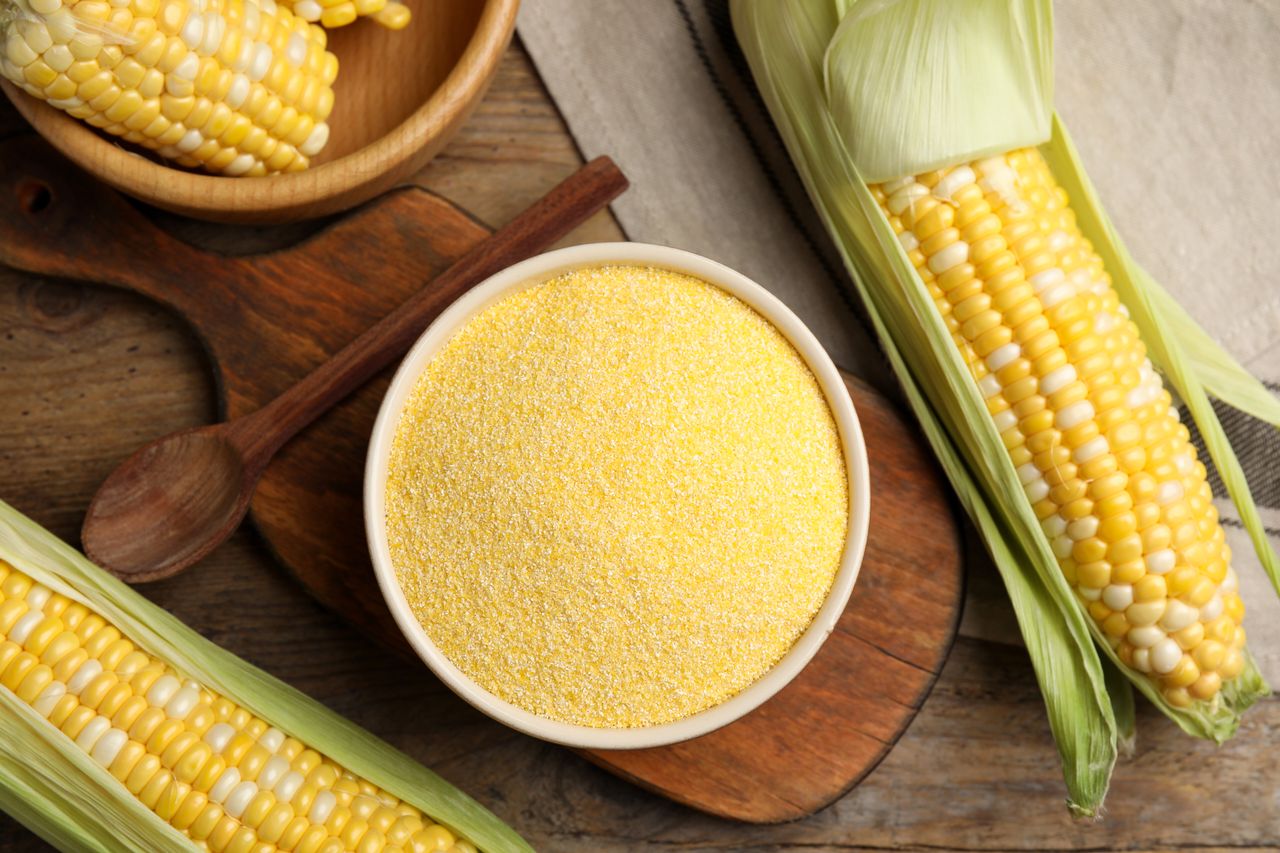
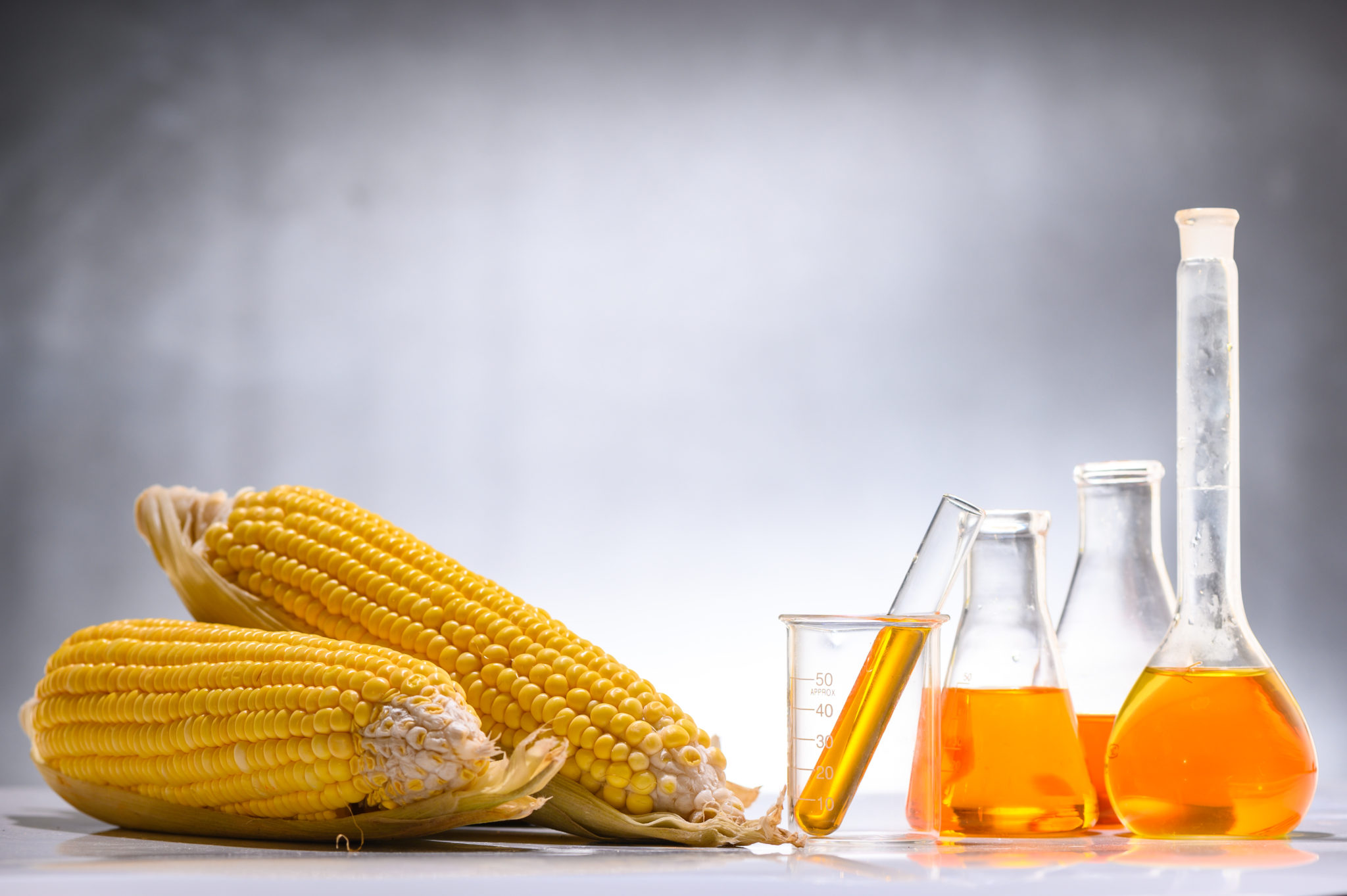
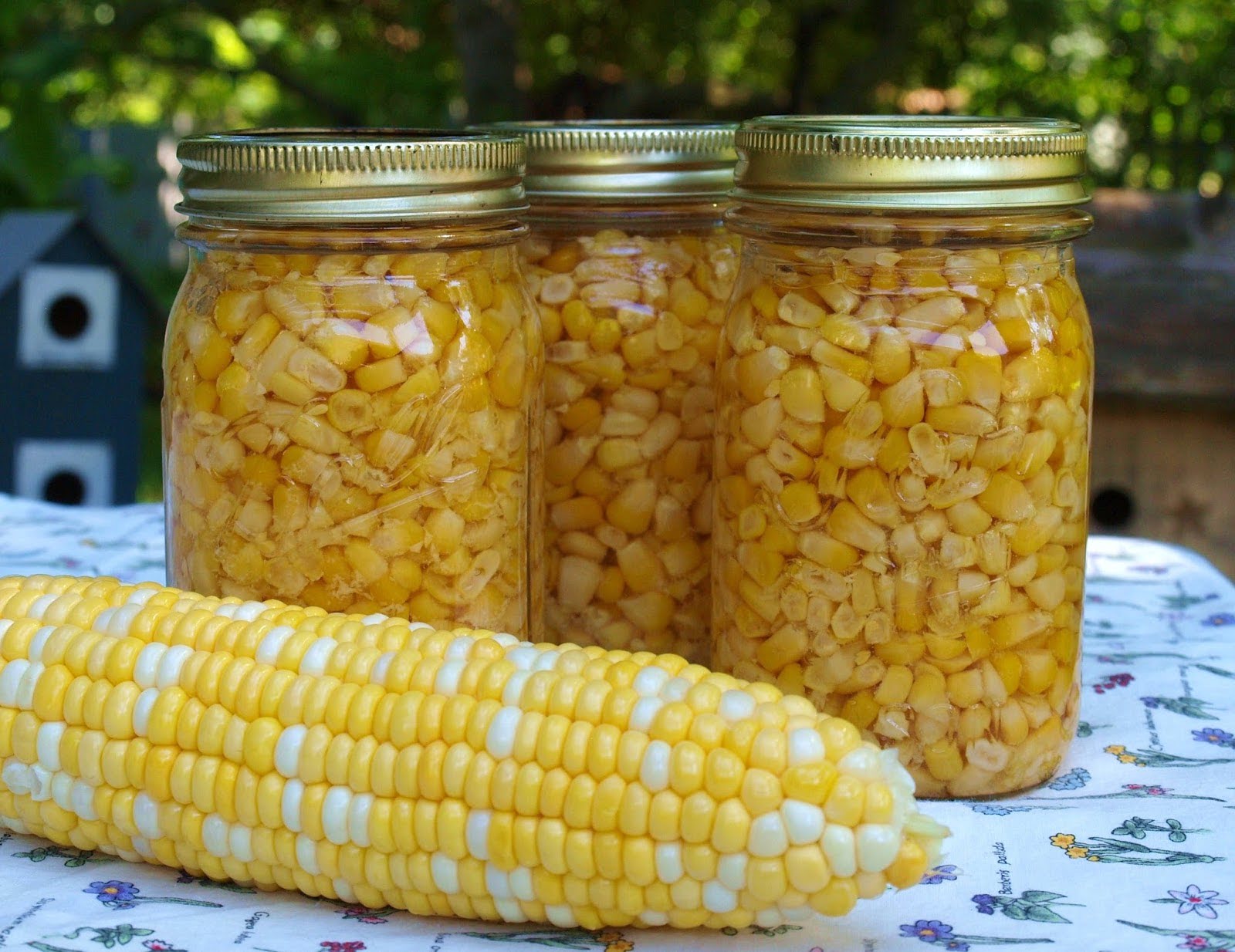
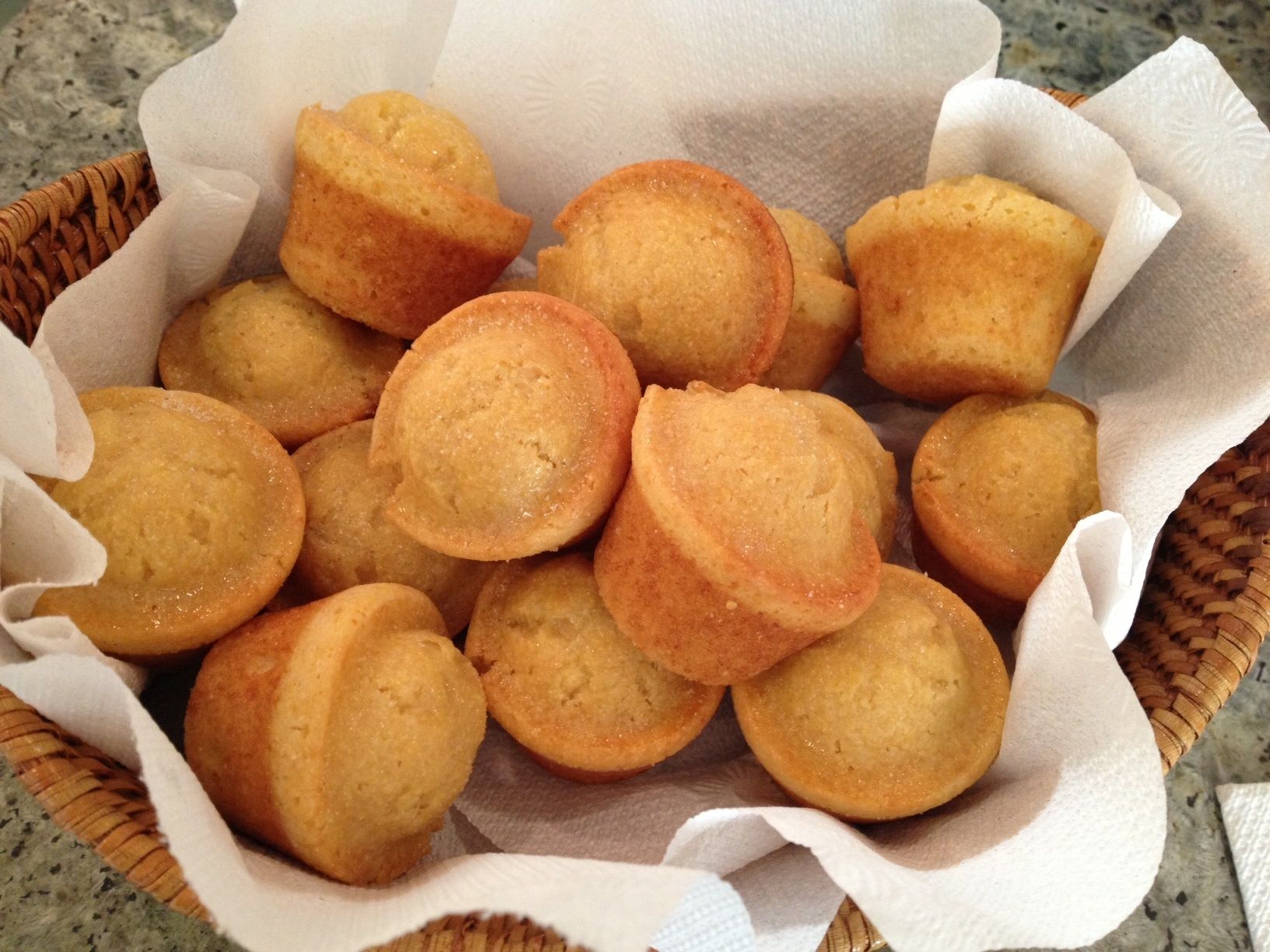
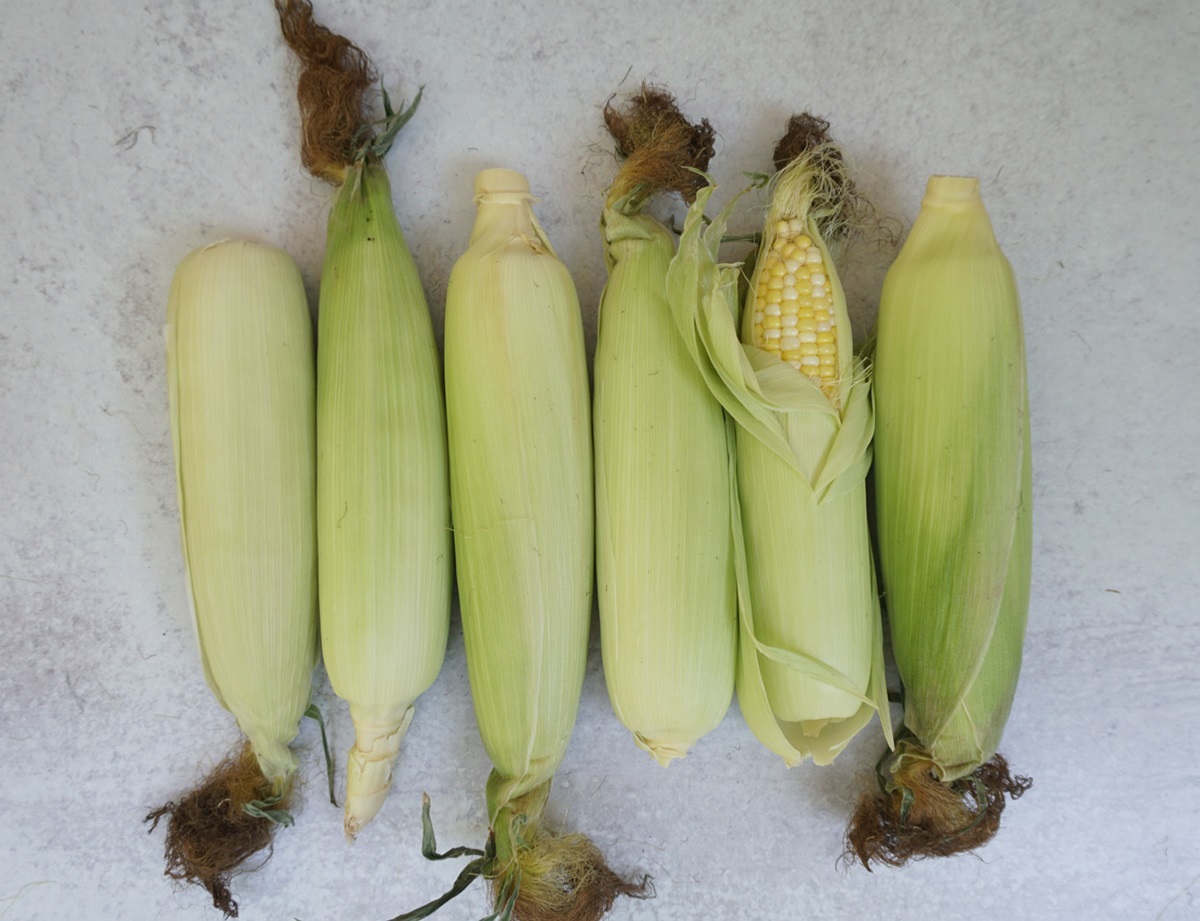

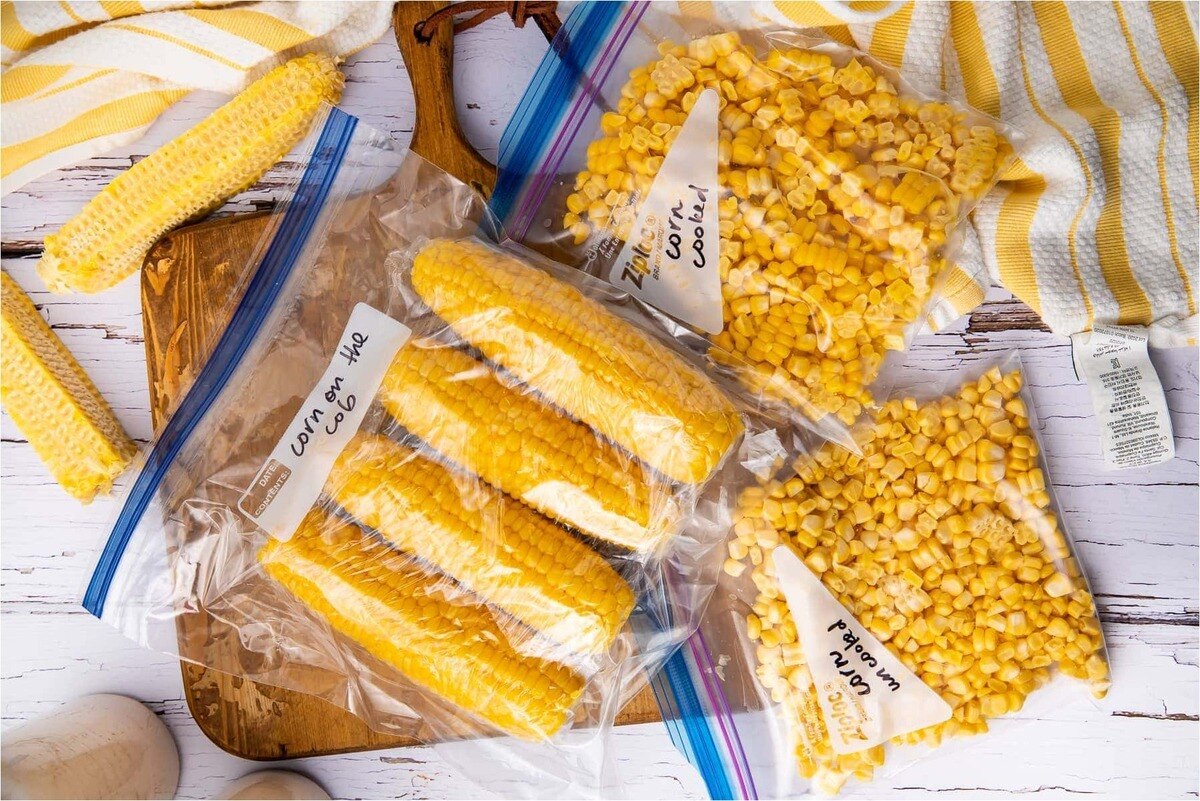
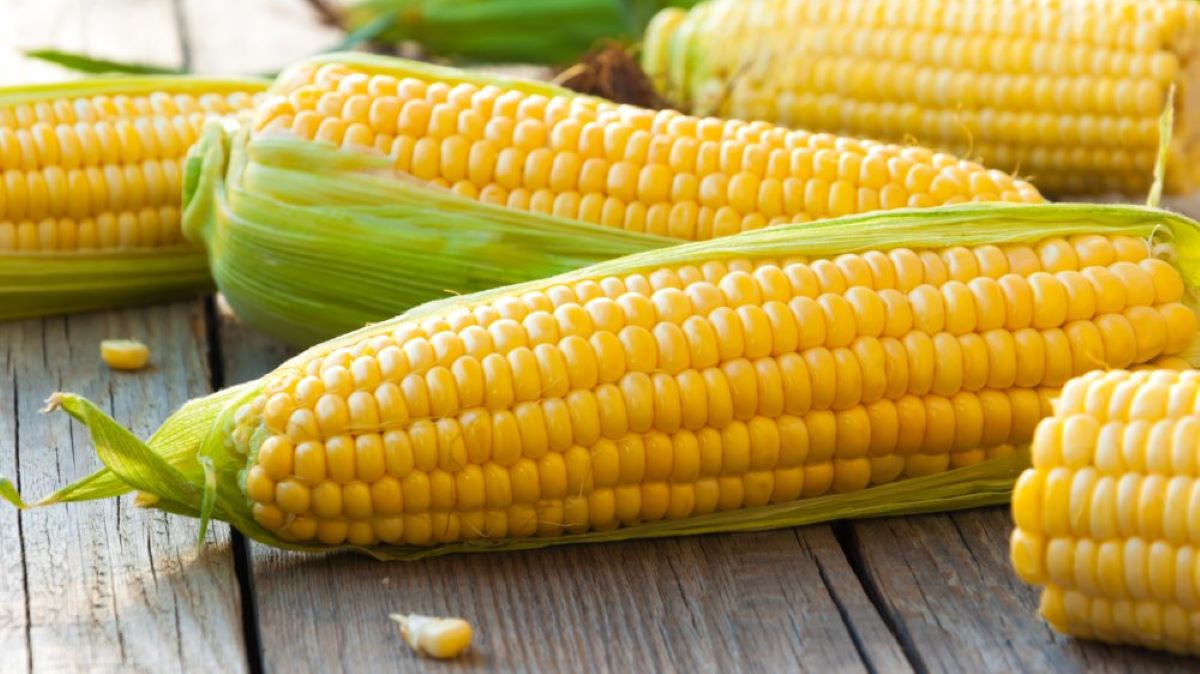
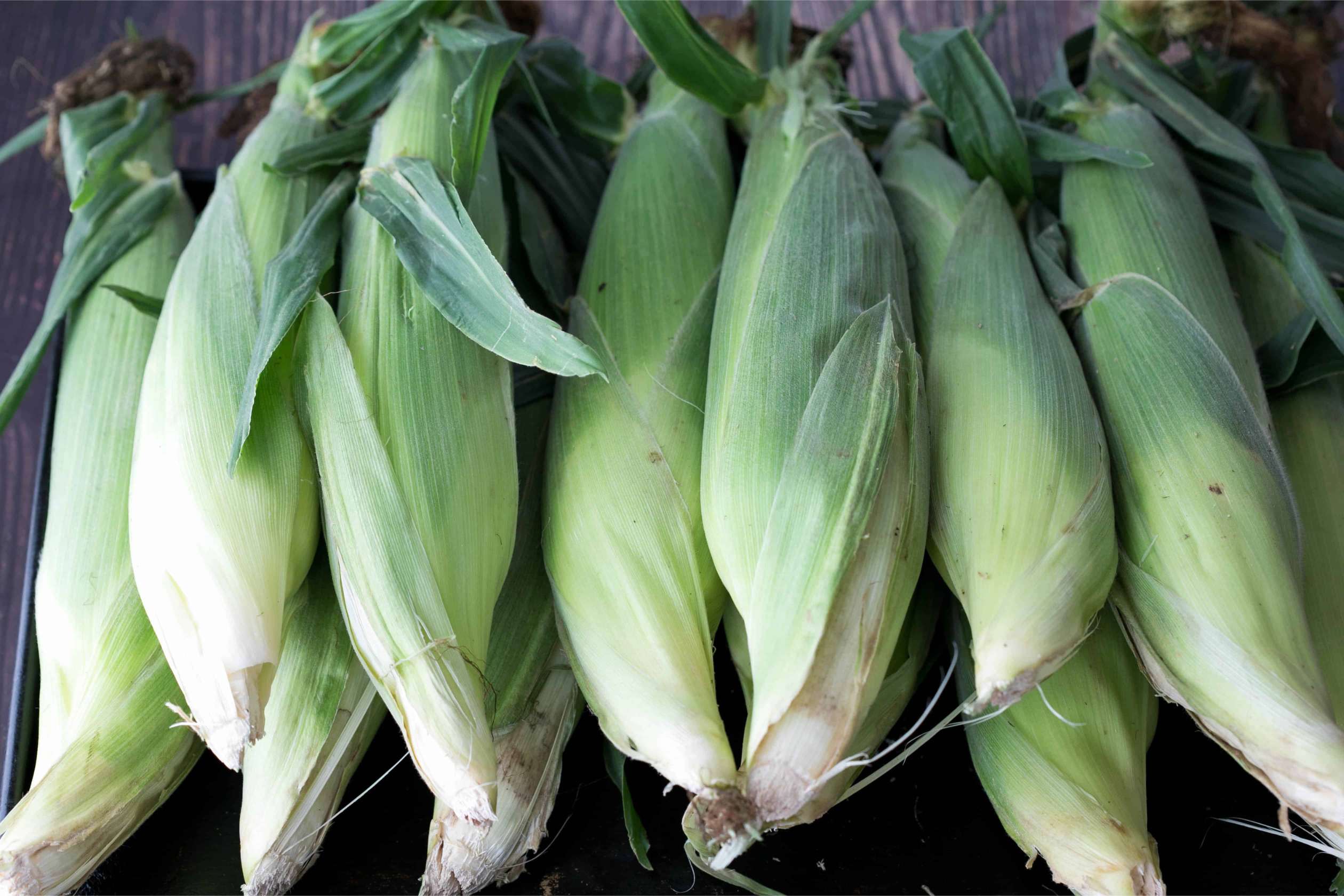
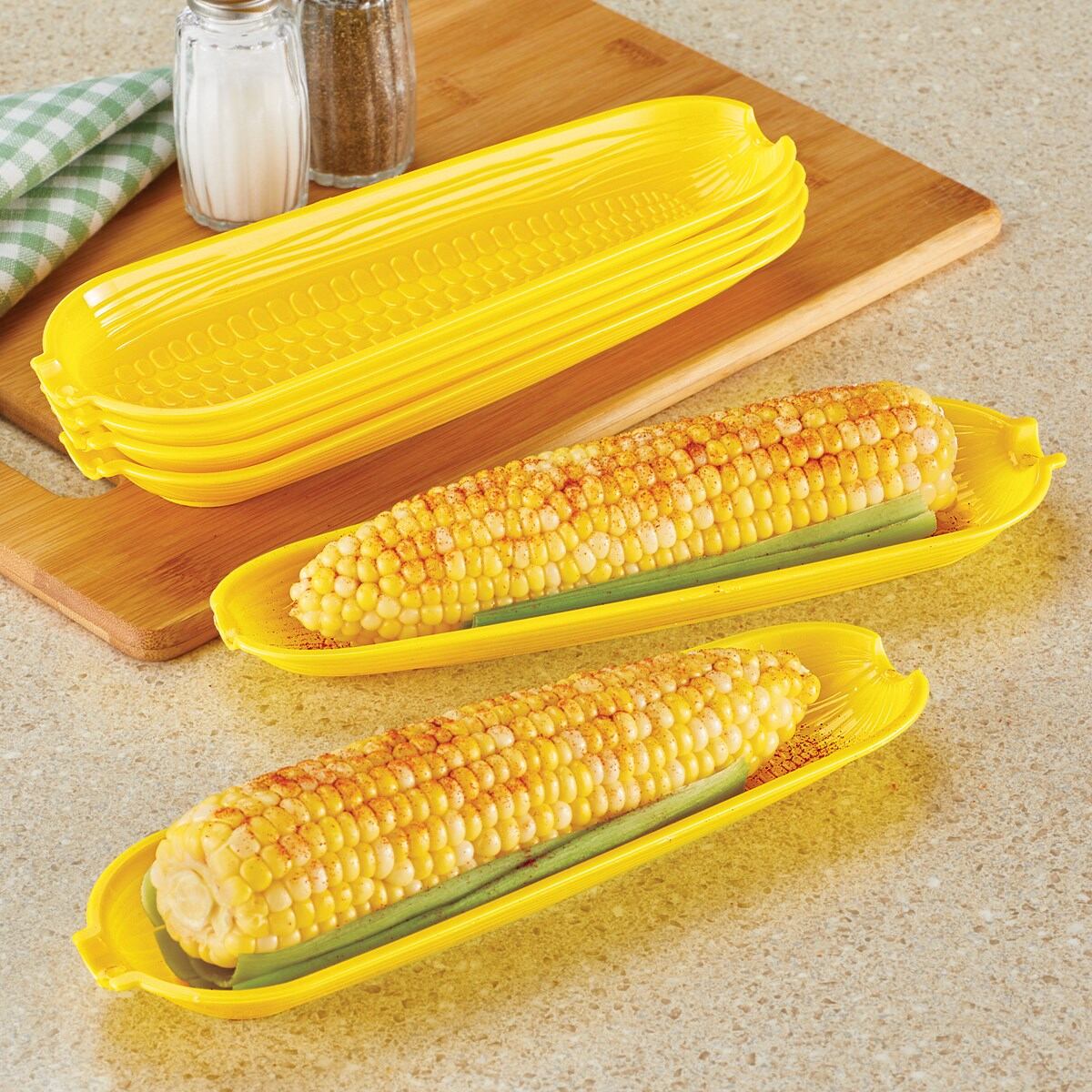
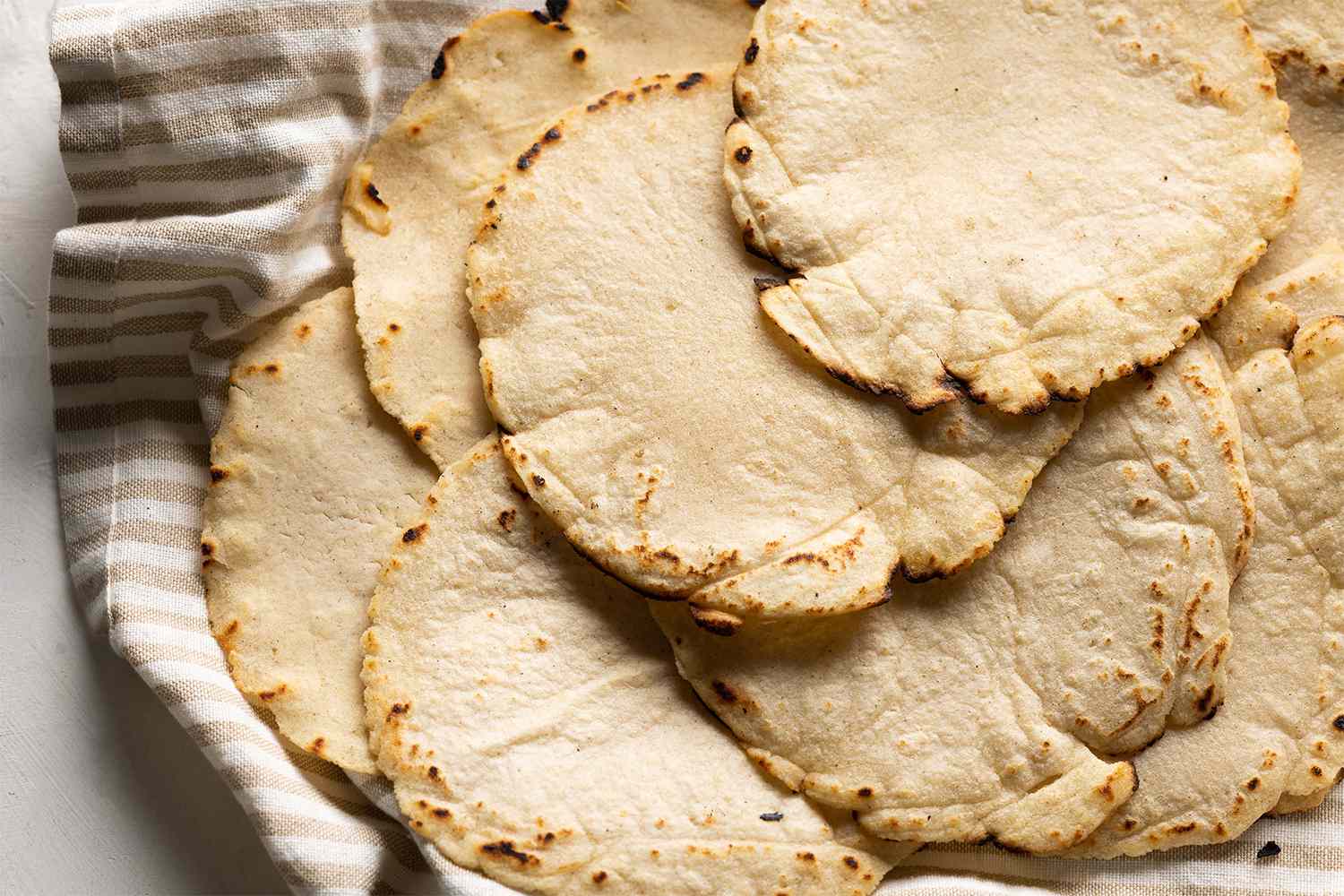
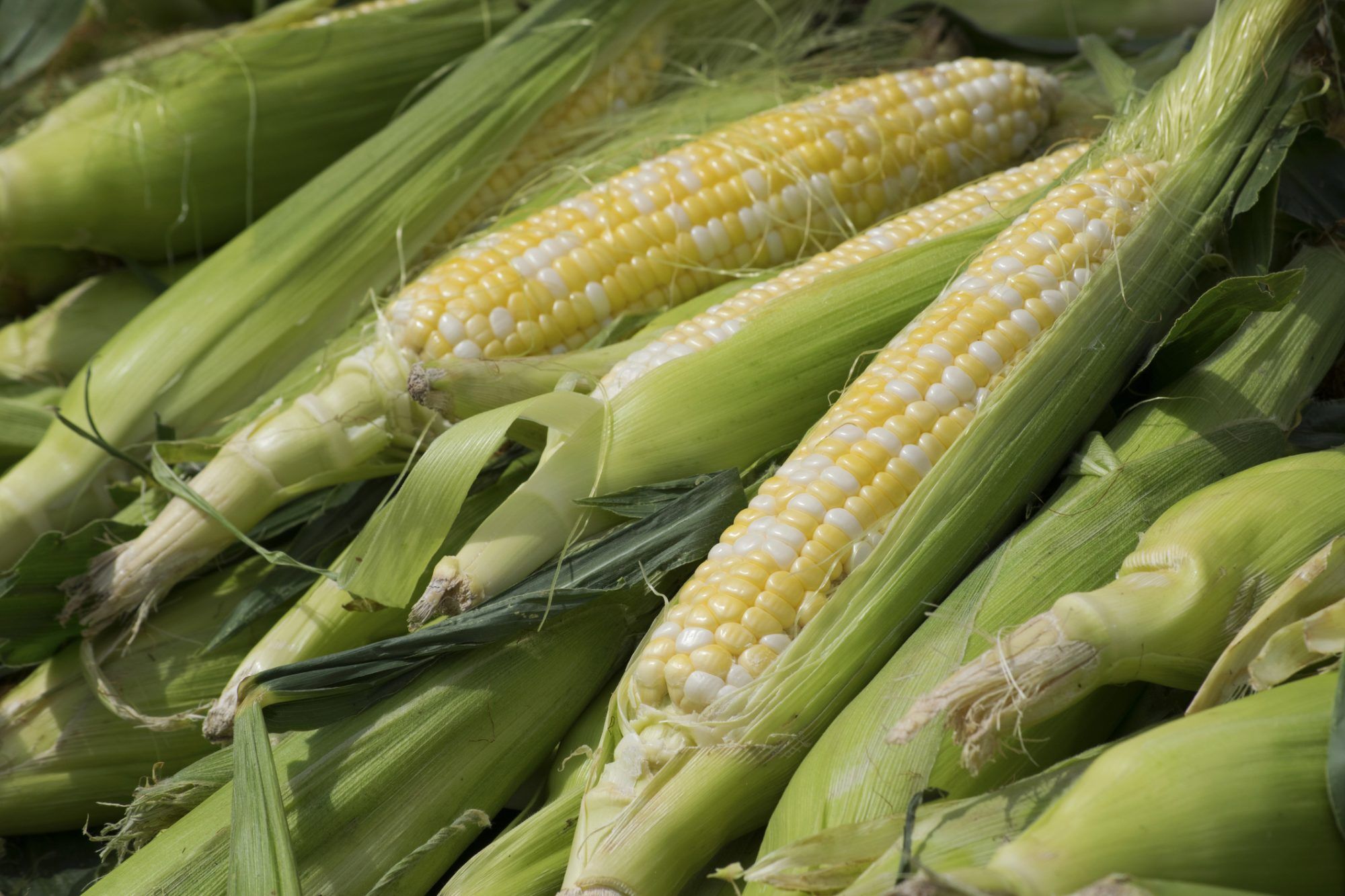
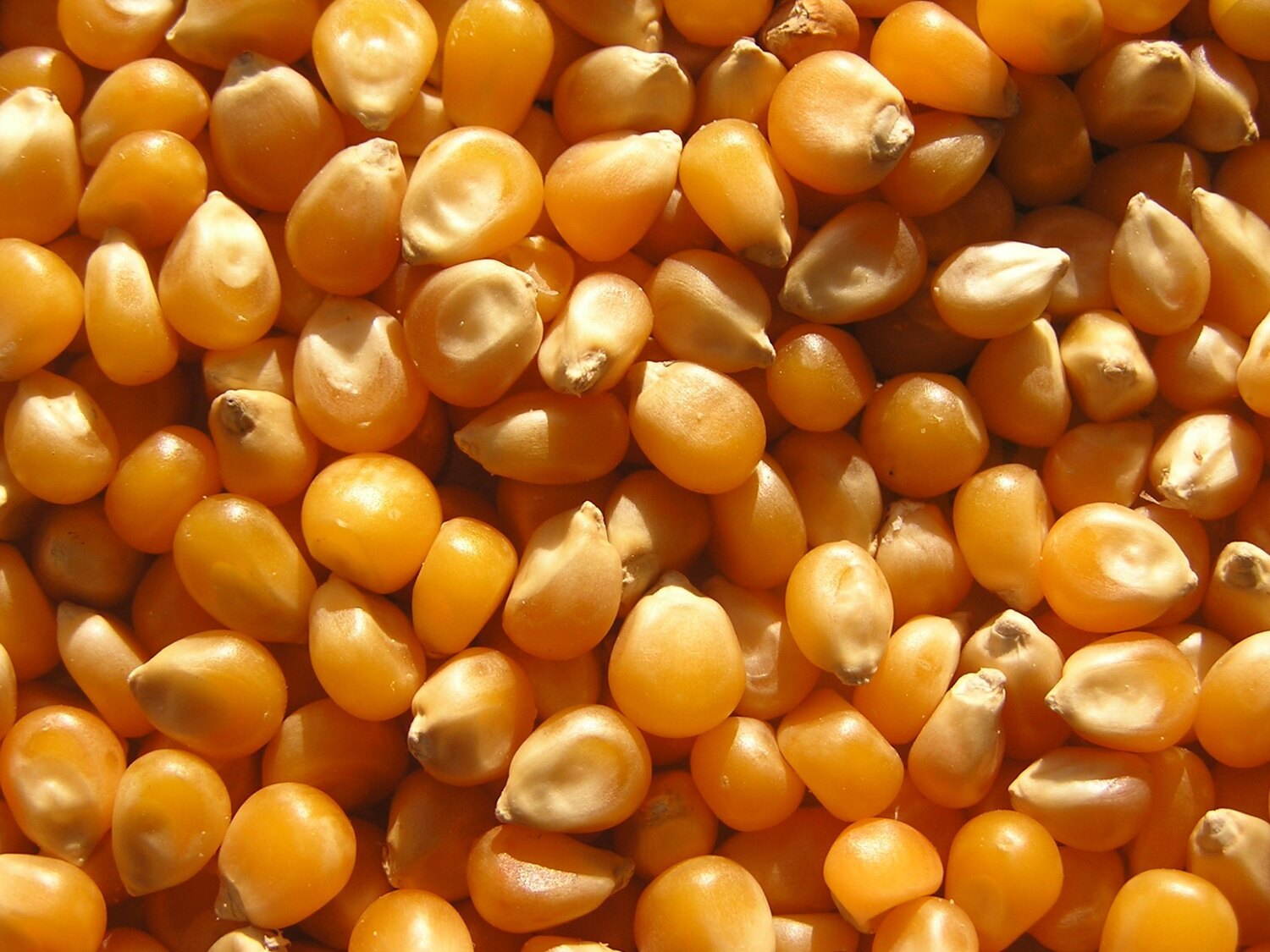

0 thoughts on “How To Store Corn”